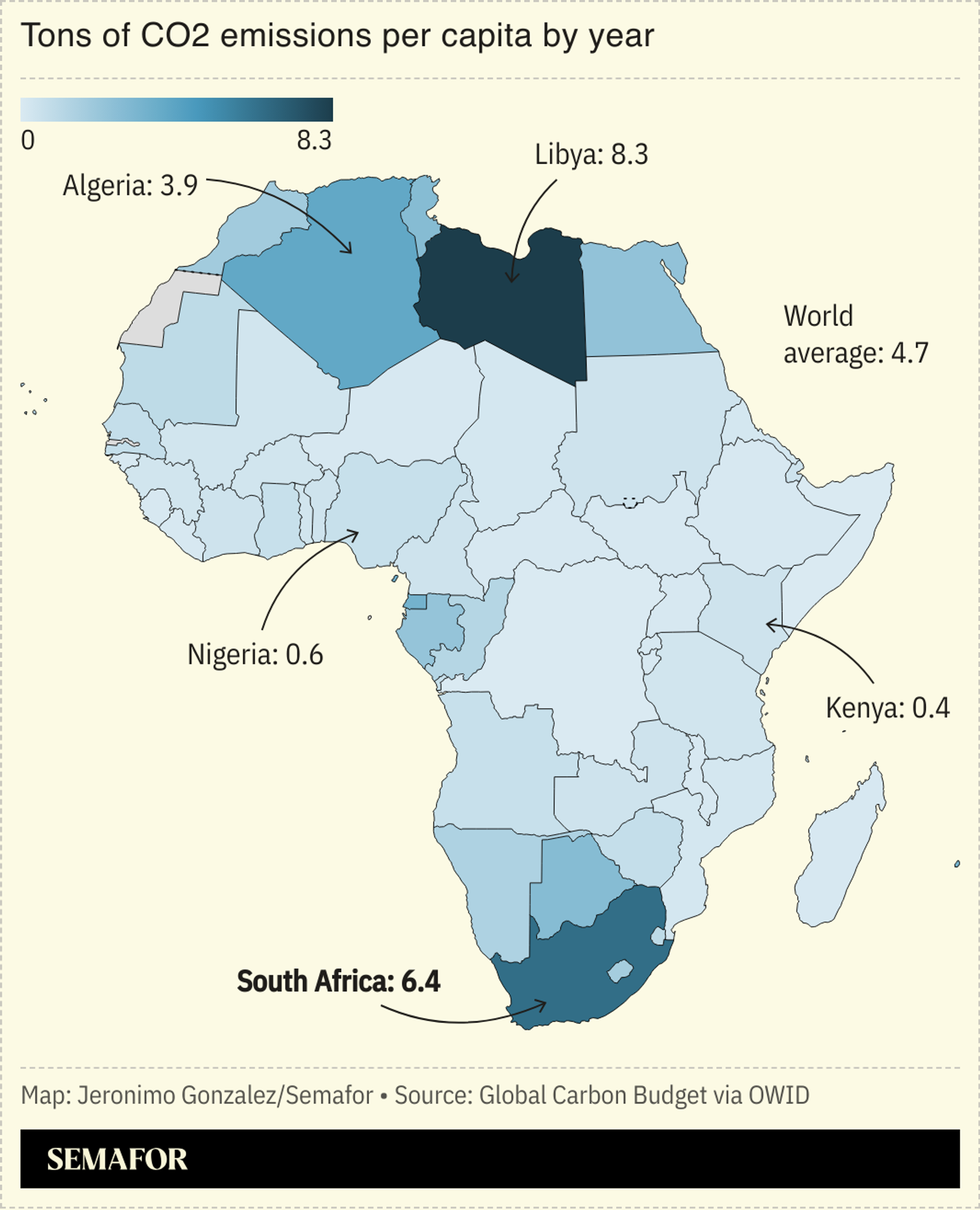World Bank Loan Supports South Africa’s Sustainable Development Goals
Introduction
The World Bank has approved a $1.5 billion loan to South Africa aimed at upgrading the country’s transportation infrastructure and facilitating its transition to a low-carbon economy. This initiative aligns with several Sustainable Development Goals (SDGs), particularly SDG 9 (Industry, Innovation, and Infrastructure), SDG 7 (Affordable and Clean Energy), and SDG 13 (Climate Action).
Objectives of the Loan
The loan will address critical challenges in South Africa’s energy and freight logistics sectors, which have hindered economic growth and development. Key focus areas include:
- Modernizing state-run ports and rail operations managed by Transnet.
- Improving operational efficiency in freight logistics.
- Supporting the transition to a low-carbon economy by reducing carbon emissions.
Challenges in South Africa’s Infrastructure
- Transnet’s Operational Constraints: The state-owned ports and rail company has faced inadequate facilities, limiting growth in Africa’s largest economy.
- Energy Sector Inefficiencies: Eskom, South Africa’s major power utility, has struggled with inefficiencies that have compounded logistical challenges.
Loan Terms and Economic Impact
The South African Treasury highlighted that the World Bank loan is designed to address “pressing economic challenges of low growth and high unemployment,” directly contributing to SDG 8 (Decent Work and Economic Growth). The loan features:
- A three-year grace period before repayment begins.
- Favorable interest rates aligned with South Africa’s goals to ease debt servicing costs.
Alignment with Sustainable Development Goals
This financial support from the World Bank is expected to advance South Africa’s progress toward multiple SDGs by:
- Enhancing Infrastructure (SDG 9): Upgrading transportation networks to boost economic productivity and connectivity.
- Promoting Clean Energy (SDG 7): Facilitating the shift to a low-carbon economy through improved energy efficiency.
- Combating Climate Change (SDG 13): Reducing carbon emissions associated with transportation and energy sectors.
- Fostering Economic Growth and Employment (SDG 8): Addressing unemployment through infrastructure development and improved logistics.
Visual Data on Carbon Emissions

1. Sustainable Development Goals (SDGs) Addressed or Connected
- SDG 7: Affordable and Clean Energy – The article discusses challenges related to South Africa’s power company Eskom and the transition to a low-carbon economy.
- SDG 8: Decent Work and Economic Growth – The loan aims to address low growth and high unemployment in South Africa.
- SDG 9: Industry, Innovation, and Infrastructure – The focus on upgrading transportation infrastructure and improving freight logistics is directly related to this goal.
- SDG 13: Climate Action – The transition to a low-carbon economy and efforts to reduce CO2 emissions per capita align with climate action objectives.
2. Specific Targets Under Those SDGs
- SDG 7
- Target 7.2: Increase substantially the share of renewable energy in the global energy mix.
- Target 7.3: Double the global rate of improvement in energy efficiency.
- SDG 8
- Target 8.1: Sustain per capita economic growth in accordance with national circumstances.
- Target 8.5: Achieve full and productive employment and decent work for all.
- SDG 9
- Target 9.1: Develop quality, reliable, sustainable and resilient infrastructure.
- Target 9.4: Upgrade infrastructure and retrofit industries to make them sustainable.
- SDG 13
- Target 13.2: Integrate climate change measures into national policies, strategies, and planning.
3. Indicators Mentioned or Implied to Measure Progress
- SDG 7 Indicators
- Indicator 7.2.1: Renewable energy share in the total final energy consumption.
- Indicator 7.3.1: Energy intensity measured in terms of primary energy and GDP.
- SDG 8 Indicators
- Indicator 8.1.1: Annual growth rate of real GDP per capita.
- Indicator 8.5.2: Unemployment rate, by sex, age and persons with disabilities.
- SDG 9 Indicators
- Indicator 9.1.2: Passenger and freight volumes, by mode of transport.
- Indicator 9.4.1: CO2 emission per unit of value added.
- SDG 13 Indicators
- Indicator 13.2.2: Total greenhouse gas emissions per year.
- Implied indicator: CO2 emissions per capita (as shown in the article’s map).
4. Table of SDGs, Targets, and Indicators
| SDGs | Targets | Indicators |
|---|---|---|
| SDG 7: Affordable and Clean Energy |
|
|
| SDG 8: Decent Work and Economic Growth |
|
|
| SDG 9: Industry, Innovation, and Infrastructure |
|
|
| SDG 13: Climate Action |
|
|
Source: semafor.com







